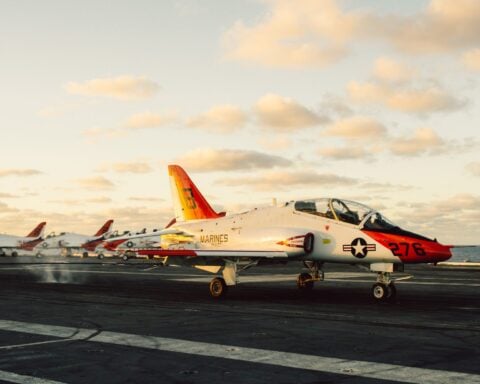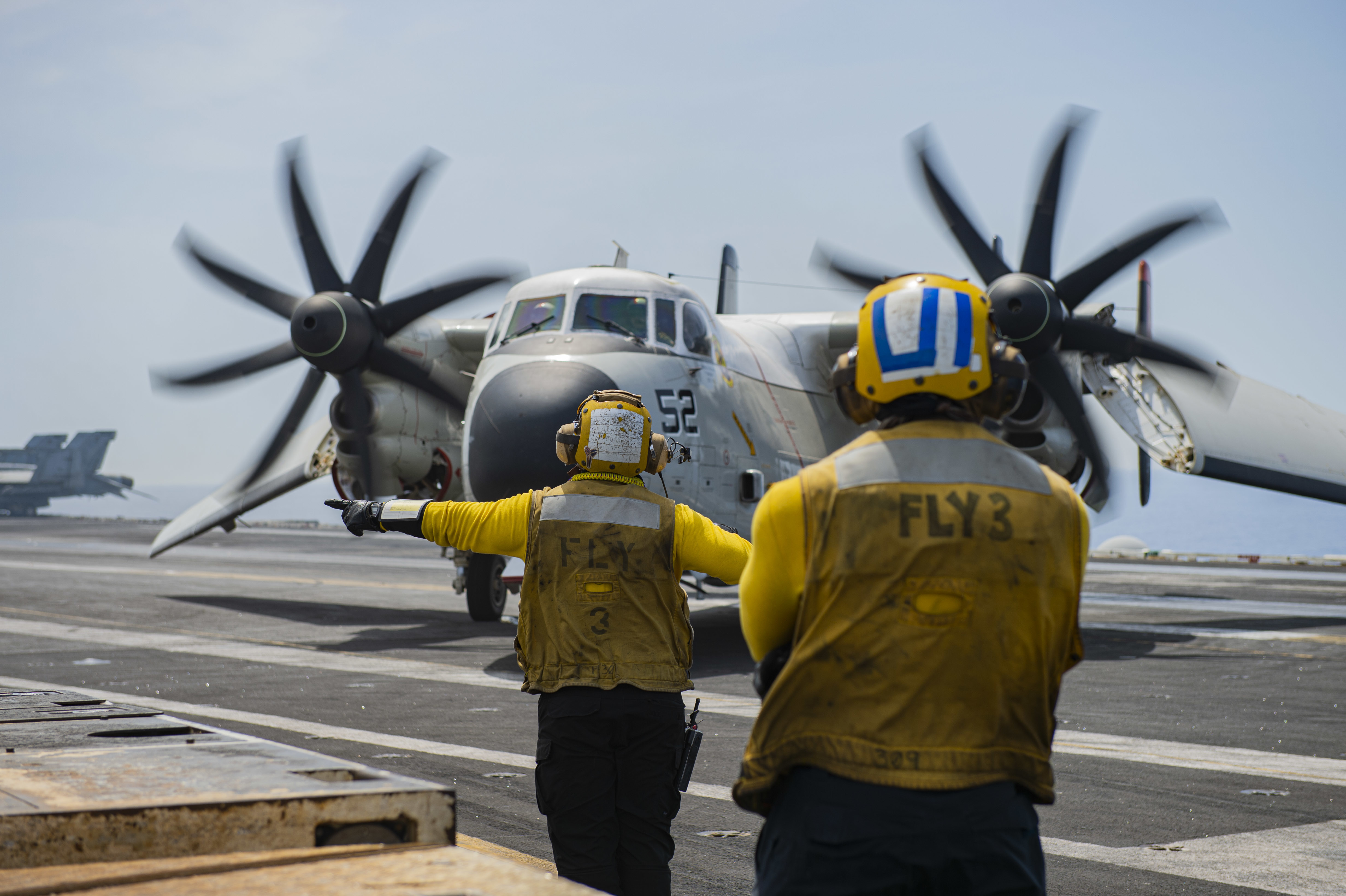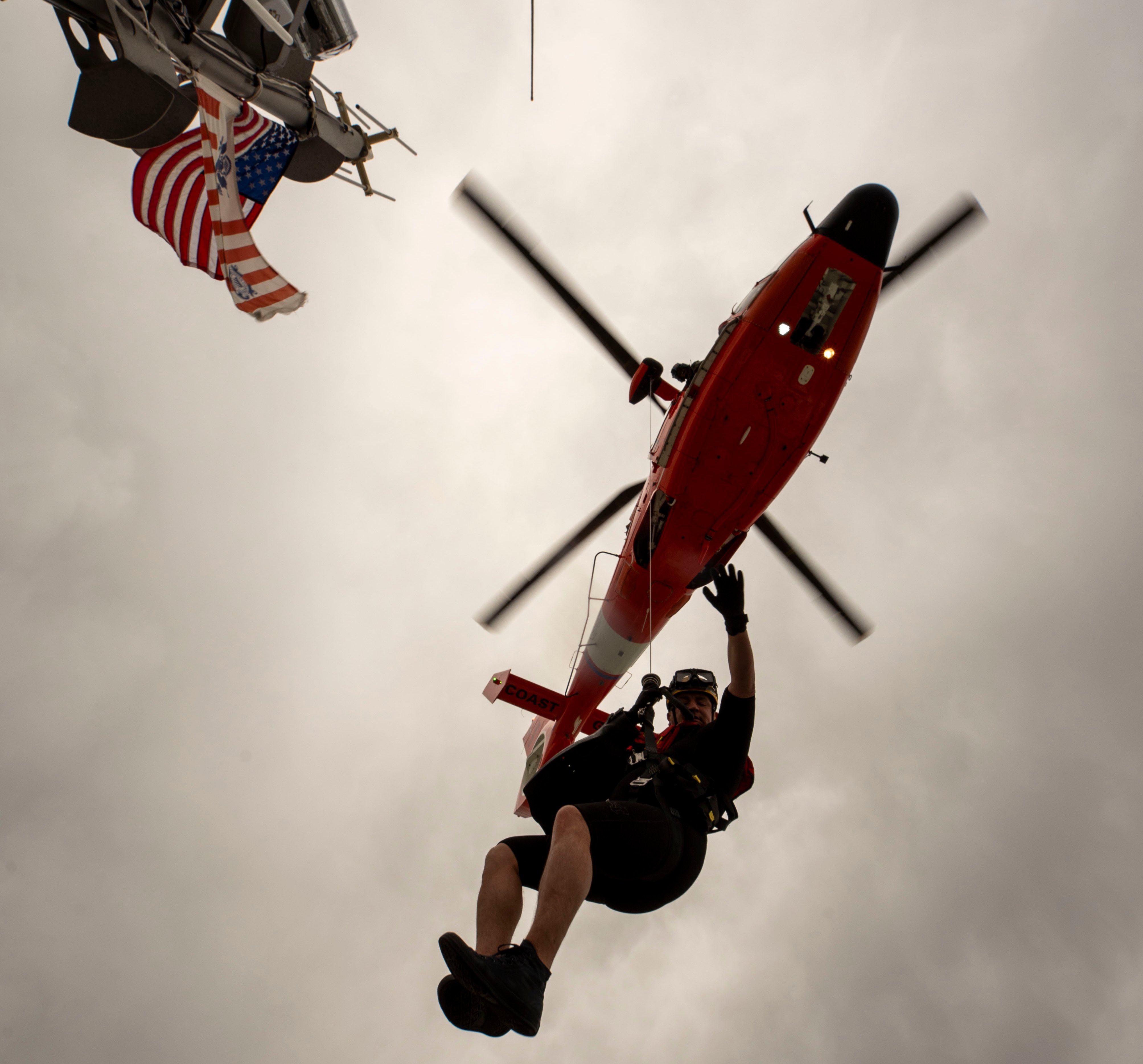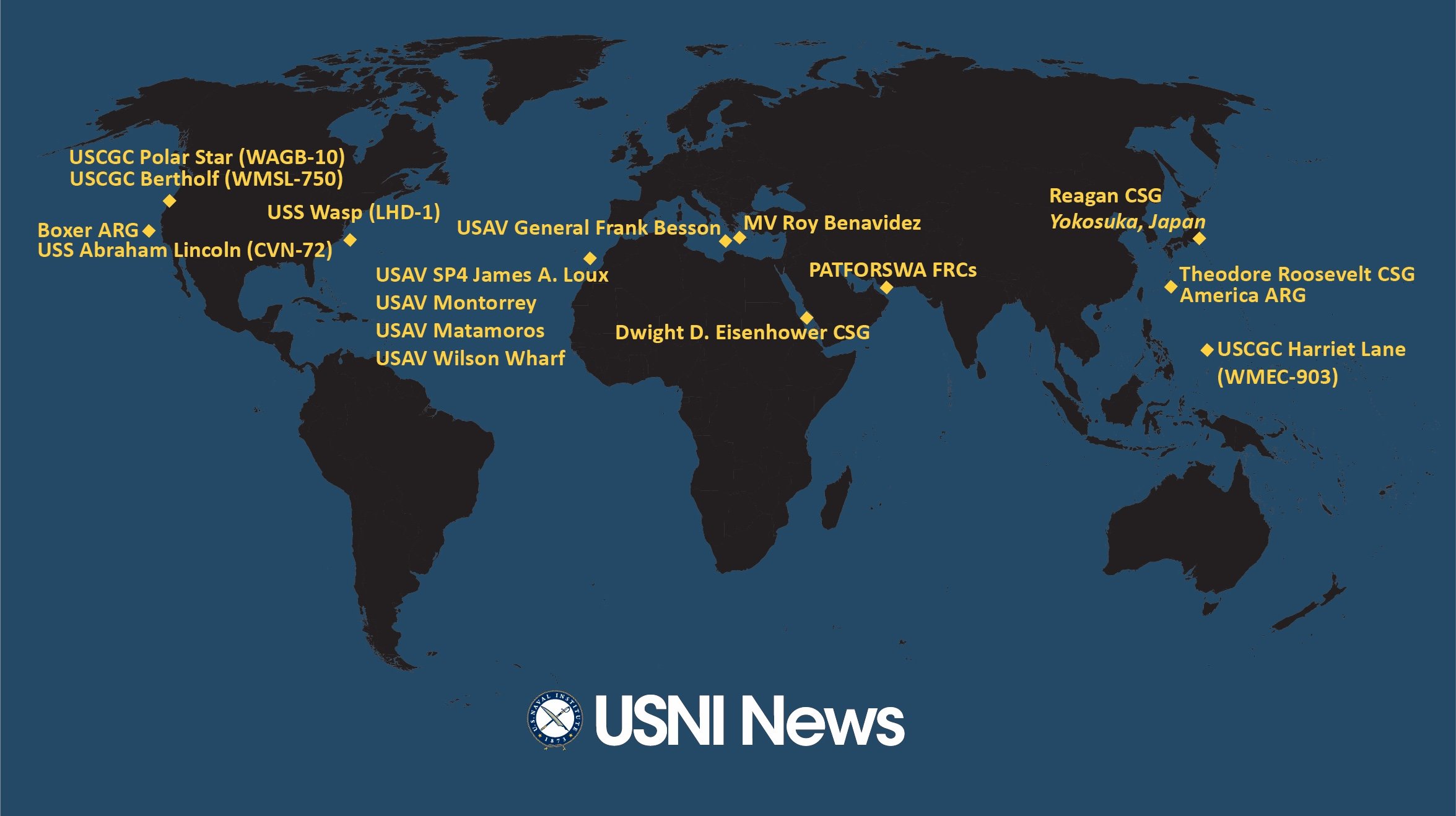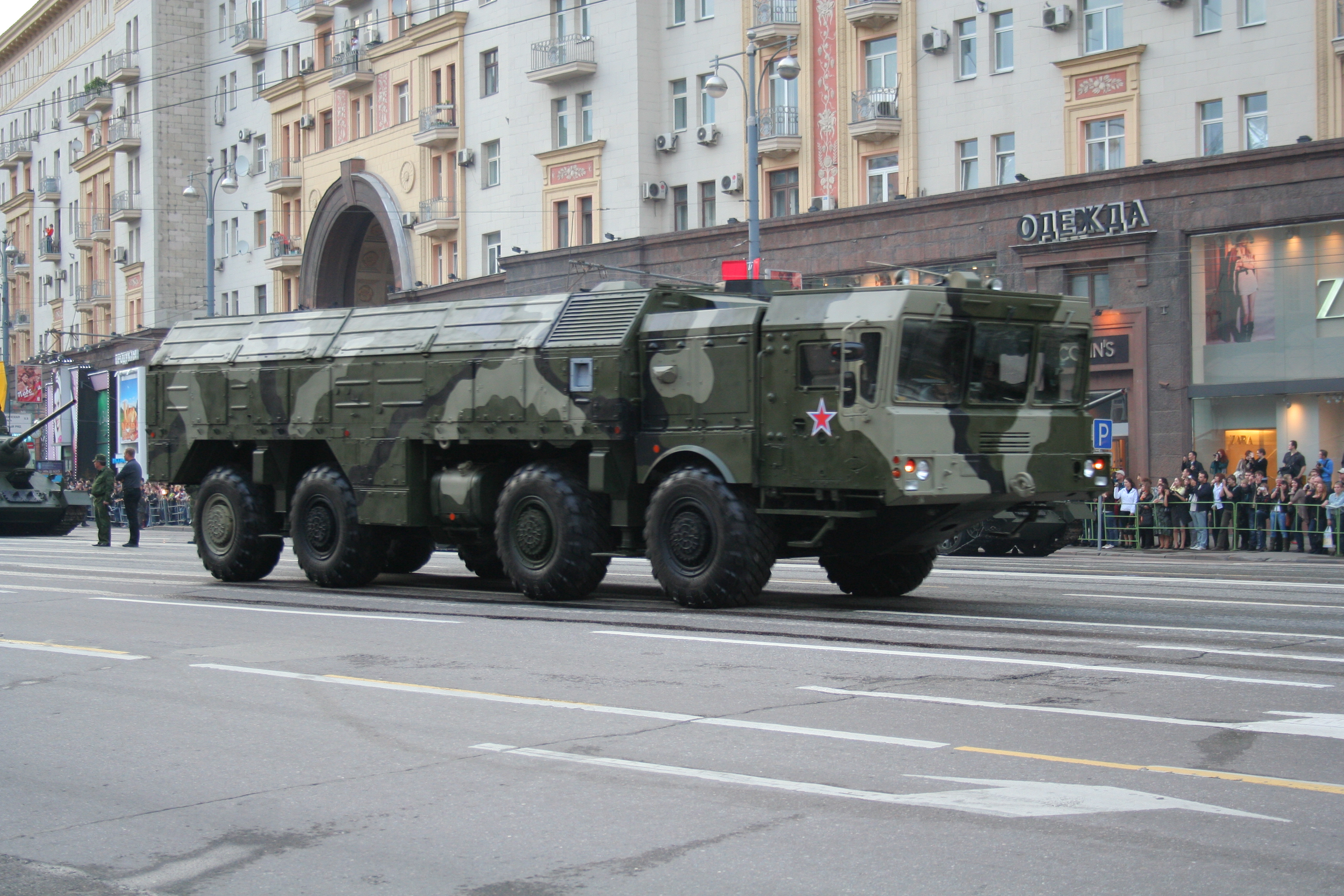
PENTAGON — Since Russia has taken control of the Crimean region of Ukraine, it has moved a significant number of anti-air and anti-surface missile systems onto the peninsula that could hit targets in most of the Black Sea region, the supreme commander of NATO and U.S. European Command (EUCOM) told reporters in a Wednesday afternoon briefing.
“What we have seen is that Crimea has been transformed in some fairly significant ways as far as weapon systems in the Crimea,” said Air Force Gen. Philip Breedlove.
“These weapon systems — from air defense systems that reach nearly half of the Black Sea to surface attack systems that reach almost all of the Black Sea area — have made the platform of Crimea a great platform for power projection into this area.”
Additionally, Russian signals intelligence ships have reportedly shadowed U.S. and NATO ships in the Black Sea and could reasonably provide highly accurate targeting information to land based missile systems, USNI News understands.
Breedlove didn’t mention specific systems, but press reports from Ukraine have said Russia has moved Iskander mobile ballistic missile systems (NATO Reporting name: SS-26 Stone) into Crimea.
The missiles are capable of being redirected in flight and could strike a moving ship.
Since the March 2014 seizure of Crimea, Russia has stepped up its surface ship presence in the Black Sea while NATO and the U.S. have done the same.
While Russian surface ships are in poor repair and arguably the weakest component of its navy, placing weapons that could threaten U.S. and NATO ships on land could change the equation of power in the Black Sea.
For their part, NATO and the U.S. have also deployed their own signals intelligence ships, maintaining a mostly consistent presence in the region.
While tensions remain high in the Black Sea, NATO interactions with Russia have been mostly cordial.
“We have seen several different manner of interactions in the Black Sea. Most of those I would call professional,” Breedlove said.
“At first, as we were having NATO vessels go closer to the Crimean peninsula in the Black Sea — I would call them a bit more confrontational engagements — but by and large, professional in the way that seagoing vessels carry on their business.”
Since Crimea was taken, there have been at least two high profile incidents between NATO and Russian forces involving Russian aircraft.
In April, a pair of Sukhoi SU-24 Fencers buzzed USS Donald Cook (DDG-75) and in September Canadian frigate HMCS Toronto (FFH-333) was aggressively overflown by a trio of Russian planes.
Russian surface ships have also reportedly fouled NATO firing ranges during training exercises.


